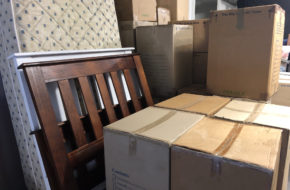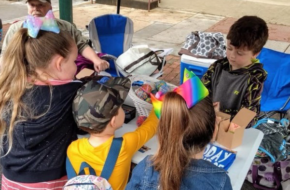Tom knew Sarah could no longer remain at home.
It was impossible for him to be home all the time and even with occasional help from family and friends and a local agency, taking care of Sarah—whose battle with Alzheimer’s disease had begun slowly but escalated recently—was becoming more difficult.
Tom knew they had reached the stage at which Sarah needed intensive memory care.
Yet, like many people, he had no clue where to begin. And even though he had accepted the need for care, would Sarah—if she even understood what was happening? Yet what had been her wishes? Where would she enjoy living? How might he even broach the subject?
While every situation is different, the transition from home to memory care can be a difficult conversation to have, if not with the person experiencing memory loss, at least with other family members.
If your loved one’s memory loss is beginning to require care beyond what you can provide, that person’s safety is at risk—plus, despite your best efforts, your loved one may not be receiving the care or even lifestyle he or she deserves.
Discussing such a transition can prompt a lot of stress, agitation and even downright anger if the topic is not approached properly. That is why it’s important to bring this up at a good time.
Discussing memory care is often best done on one of your loved one’s better days and at the person’s best time. If the loved one is at his or her best in the morning, consider bringing the subject up over breakfast, rather than later in the day.
Certainly, it’s very important to listen to the person’s wishes and consider individual thoughts and feelings. The discussion may, in fact, take place over time.
My loved one is transitioning to a memory-care community. Now what?
Whether your loved one has decided to make a move on his or her own, or you needed to make that difficult choice, it’s important to ease into the transition. There are a number of ways you can help them. Consider some of the following suggestions by clicking here.





